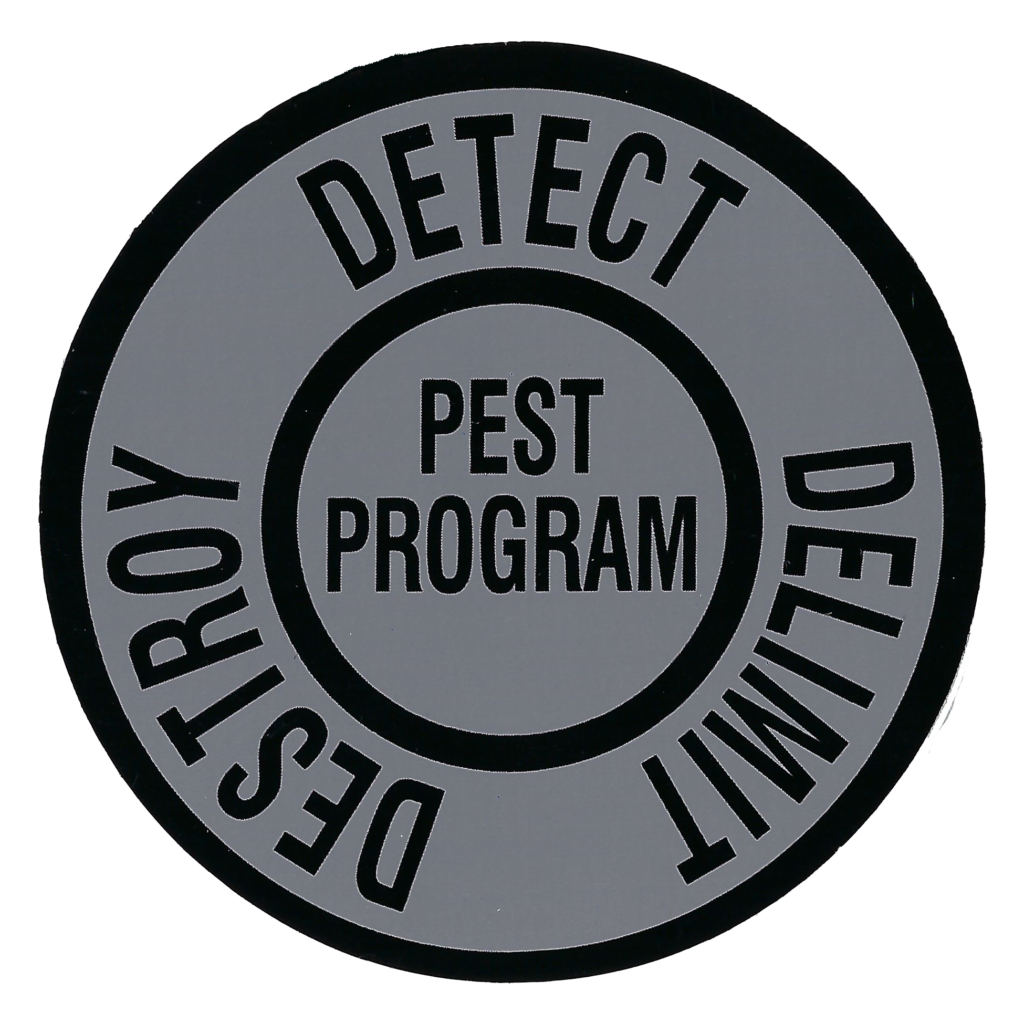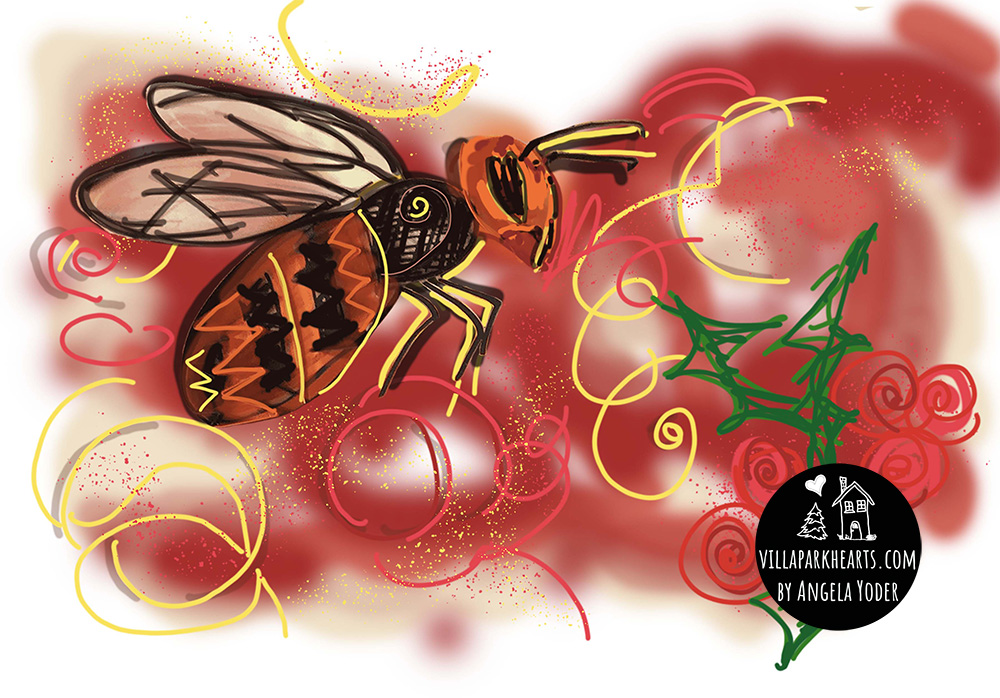Some of you know that I work in an Entomology lab for Washington state and have been there for over 7 years. My Biology degree helped me get there after I had worked in the food industry in canning and cheese/dairy as a Microbiologist. Even though the lab work is different, I was very comfortable with that. The entomology work has less “clean” requirements, but that doesn’t mean the work is less serious. What we do is incredibly important in monitoring for agricultural pests. Quite simply, we help protect our food supply and family farming. Every day I learn something new about insects and I LOVE IT! Let me tell you about a project I have been involved with.
On the hunt for the Asian Giant Hornet
AKA Murder Hornet. No, don’t call it that. Thanks. Do call it Vespa mandarinia. We don’t know how, but a fertilized queen made it safely to North America, leading to a viable nest. The very first detection and nest was found and eradicated in Nanimo, British Columbia. That then alerted folks state side who noticed these weird looking insects and reported them. That’s when our Pest Program got involved with the Detection phase of our work. Then, after the national news grabbed the story, we went viral as they say, and my boss became a media darling. The world followed our team as we attempted to trap and track hornets with specific bait of orange juice and rice wine. Citizens in Washington became enrolled in helping us and at their own expense by buying bait and setting traps on their properties which was absolutely Epic. We couldn’t have done it without them.
People from around the world submit “sightings” on our public map and I have the responsibility to check those submissions, identify the insects if photos are submitted, and pass along any potential Positives for the field crew to check out. If it t does end up being a Positive sighting, USDA gets involved and the team goes into Detect and Delimit mode. A film crew followed and recorded my colleagues which then became the film on Discovery+, “Attack of the Murder Hornets”.
Wouldn’t it stand to reason that the hornets found in Washington came from the nest in Nanimo? That is what we thought, but it ends up that wasn’t the case. Huh? Exactly. We aren’t sure how that second lineage arrived here and never will, but we know they are from a different country because our talented scientists in the Plant Pathology Laboratory ran DNA sequencing on Nest 0 and they came from Korea. The nest in Nanimo came from Japan.


